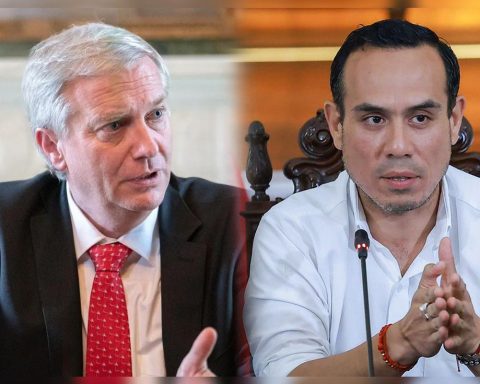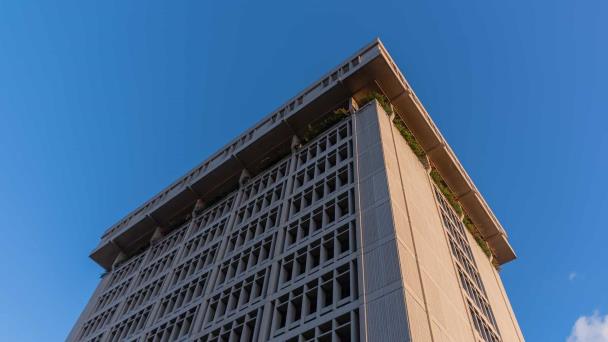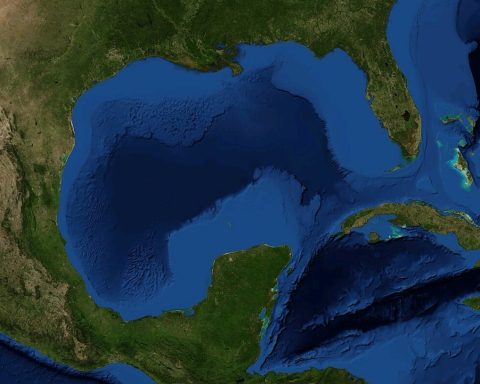So far this year, the price of copper it has fallen around 25% compared to what was projected at the end of 2021 (US$4.44 per pound). This downward correction has a defined origin and is the potential drop in economic growth in the world, starting with a fear of recession in the United States, said Ricardo Carrión, managing partner of Kallpa SAB.
“This fear is increasingly evident and real and is impacting not only the price of copper, but all base metals”said.
Carrión explained that we must also look at supply since, although they have focused on less economic growth in the world, on the supply side there is a problem that in theory should keep the price of copper relatively stable.
He also pointed out that in the metals market and investments are handled on expectations, there is now an overreaction and that has caused copper to fall disproportionately.
“After the last sharp drop it had, it has leveled off and is between US$3.30 and US$3.35 a pound. The price has found a floor, it is going to stabilize at those levels and we have to see what happens with the global economies this year”said.
For its part, Víctor Gobitz, president and general manager of the Antamina companynoted that the fundamentals of copper demand remain solid due to the marked global trend towards reducing the use of fossil fuels in land transportation.
IT HAS NOT BEEN TAKEN ADVANTAGE OF
For Carrión, it has been an irresponsibility of the Government not to take advantage of the high prices of the metal. “We have had the price above US$4 a pound and it served two purposes, to push the operating companies to produce as much as possible and to attract investment”, held.
However, he explained that the opposite has happened and, instead of supporting it, the Government hit the mining sector hard and the stoppages of operations due to the conflicts greatly affected local production.
He insisted that periods of high prices serve to attract investment and trigger new exploration projects, Carrión noted, and that has not happened either.
“Exploration is what is going to sustain the sector in 15 or 20 years, but there is no capacity for operating work because there is not enough confidence to attract investment and get groups that can be a source of exploration”Carrion said.
IMPACT
For Gobitz, given the macroeconomic balance, the potential lower income tax collection in mining this year, compared to 2021, should not prevent or postpone public investment plans.
“It should be the opportunity for an alliance of the public-private sectors to lead us to a higher quality of public investment (be more efficient in the planning, prioritization and execution of public infrastructure works), a lower collection should generate this sense of urgency”he expressed.
knew that
According to Ricardo Carrión, the Government must send messages of support for private investment, which this year will have zero or negative growth.
He pointed out that production is decreasing and, if it is not replaced, we could be left without mining activity in 30 years.

















